With its two thousand five hundred years just completed, Naples is among the oldest cities in Italy and this long history can be seen and breathed in every street and in every square. Originally it was Parthenope, founded by the Greeks in the 8th century BC, then it was reborn as Neapolis; this city was and still is today a crossroads of culture, thanks to its strategic position on the Mediterranean that has favored exchanges of all kinds, but there is more.
Naples has been conquered several times by foreign sovereigns who made it the capital of their kingdoms and viceroyalties, for this reason it is not only rich in important ancient ruins, but also in castles, beautiful buildings, royal palaces and works of art from basically every era. Its historic center, the largest in Europe, is an authentic open-air museum and is in fact also a UNESCO heritage site.
Greek and Roman Naples: traces of a remote past
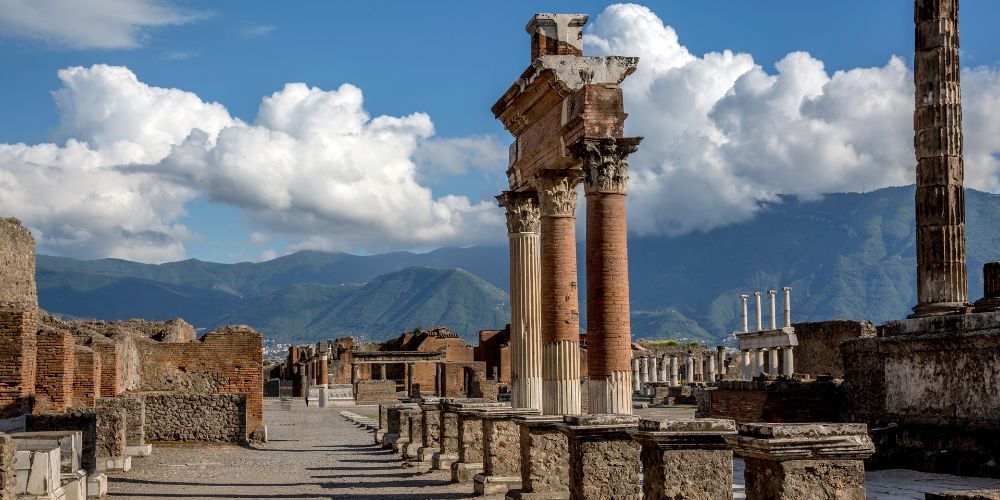
Not just a colony, Naples was a modern and beloved city since ancient times and its historic center is one of the few in the world that has preserved almost intact the same geometric grid of Greek streets from more than two millennia ago.
Walking along thestreets called decumani means literally retracing the footsteps of the Greeks first, and later of the Romans. Traces of the ancient Greek walls, for example, are still clearly visible in Piazza Bellini, while under the medieval church of San Lorenzo excavations have brought to light the Greek suare, the agorà.
Ancient ruins of the Roman theater where Nero performed are clearly visible in via Anticaglia, while the columns of the Roman temple of the Dioscuri are located in Piazza San Gaetano.
Even more numerous are the early Christian finds, including the catacombs of San Gennaro, the largest in southern Italy, and the church of Santa Restituta, the nucleus around which the Cathedral of Naples was built.
Many other testimonies are kept at the
MANN, the Archaeological Museum, where there are also a large number of finds from the excavations of
Pompeii and Herculaneum.
Medieval Naples: where to see traces of Norman and Angevin rule
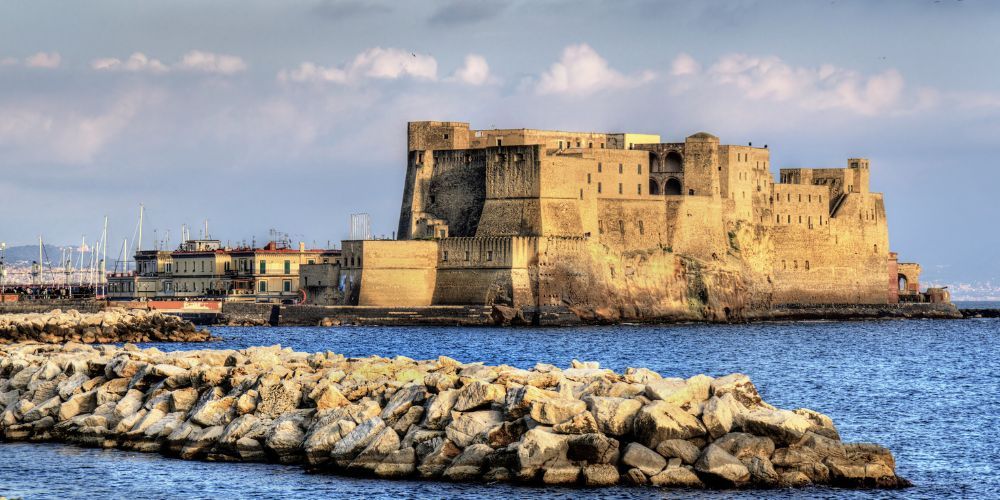
The Middle Ages were a fundamental period for Naples, which in these centuries began to equip itself with some of its most representative monuments. Along Spaccanapoli, the sequence of streets that cut the center in two, there are many medieval testimonies among churches and palaces.
The Norman king Roger II of Altavilla, unifying Southern Italy in the Kingdom of Sicily, gave way, starting from the 11th century, to about two hundred years of Norman rule. Castel dell'Ovo dates back to this era. It is one of the most famous castles in Naples, rich in history and legends and stands on the islet of Megaride, where many centuries before the first Greek colonists landed.
In the Forcella district, instead, you can admire the Church of San Giovanni a Mare, a beautiful, rare example of Norman architecture with Byzantine influences.
In the mid-13th century, with the
Angevins of Charles I, Naples became the
capital and was enriched with great works such as the
castles Maschio Angioino and
Castel Sant'Elmo. The
Cathedral was built in the same periodo, together with the church of
Santa Chiara, with one of the most beautiful majolica cloisters in Europe, and
San Domenico Maggiore, where the sovereigns of the House of Anjou rest. On the Vomero hill, instead, the
Certosa di San Martino dominates the city and the Gulf.
The cult of San Gennaro, a fundamental part of the local culture, was also introduced by the Angevins.
Historic Sites of the Renaissance under Spanish Rule
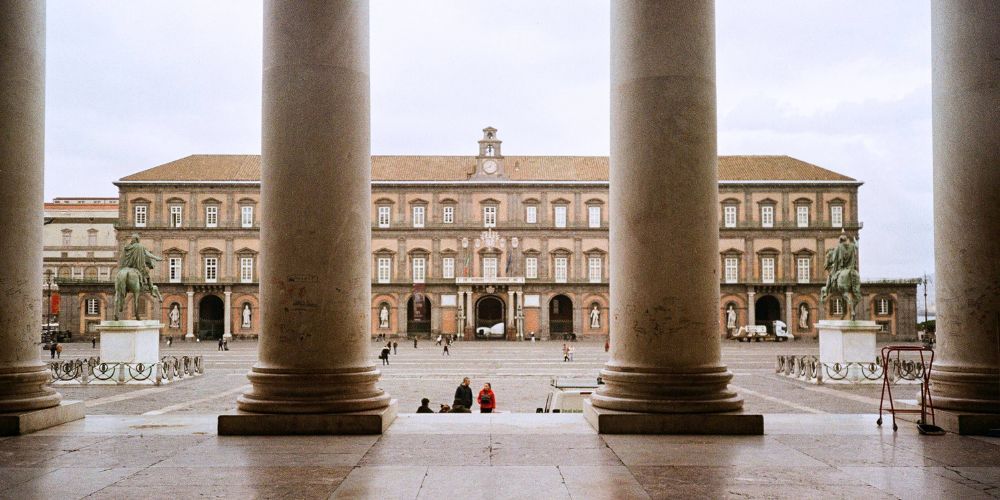
The Neapolitan Renaissance, different from that of Florence, was a period of great ferment in Naples, which between the fifteenth and sixteenth centuries was dominated first by the Aragonese and then by the Spanish viceroys.
The Aragonese, for example, are responsible for the marble triumphal arch of the Maschio Angioino, while the first Renaissance palace in the city is Palazzo Penne in Via dei Tribunali, the same street where you can also visit the beautiful Cappella Pontano.
The church of
Sant'Anna dei Lombardi, not far away, is a true jewel of the Neapolitan Renaissance, while the massive bastions of
Porta Capuana were one of the monumental accesses to the center of the city.
The Spanish viceroyalty began in 1503 and would last two centuries. Even today there are countless traces of the Baroque period, from the Royal Palace in Piazza del Plebiscito, to the Spanish Quarters, once inhabited by soldiers, today the heart of local folklore. They are adjacent to one of the main arteries of the center, Via Toledo, built in 1536 at the behest of the viceroy Pedro de Toledo.
Castel Sant'Elmo, the fortress with the characteristic star-shaped plan is medieval, but today we can admire it in the guise that the Spanish gave it. The same goes for the nearby Certosa di San Martino, rich in marble and Baroque stucco.
Among the churches of the same period it is worth mentioning at least the church of Gesù Nuovo and Santa Maria delle Grazie in Caponapoli, but almost every church in the historic center preserves massive works and traces of Baroque renovations. An example above all is the Chapel of the Treasure of San Gennaro, a sort of very rich and huge ex-voto built for protection from the plague.
The Bourbon Age and the Royal Residences
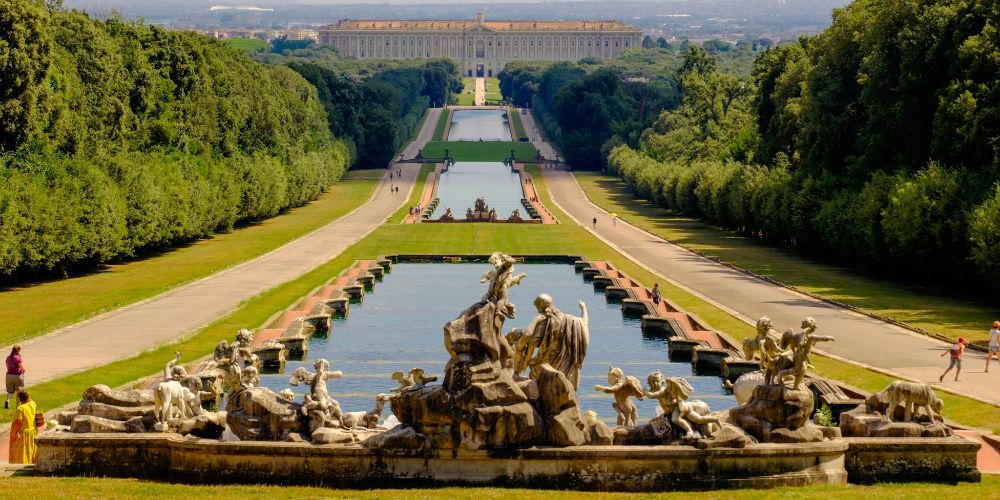
We reach the end of our journey through history with Charles of Bourbon who in 1734, taking Naples from the Austrians, transformed it back into the capital of the kingdom. This is when, thanks also to great architects such as Vanvitelli and Fuga, the city reaches perhaps its maximum splendor with such a large number of works that it is difficult to list them.
The prestigious Teatro San Carlo, the oldest opera house still in operation is a clear example of this, as is the Royal Palace of Capodimonte with its prestigious ceramics school, a sumptuous residence back then, and today one of the major Italian museums.
It was the Bourbons who wanted the Astronomical Observatory and the Botanical Garden, one of the oldest in Europe, or the enormous building Real Albergo dei Poveri, which also significantly transformed the urban planning at the gates of the center.
Another great urban work is the bridge of the Sanità district, and also the first Italian railway, which ran from Naples-Portici, dates back to the Bourbon era.
Right in Portici is one of the most beautiful royal buildings, the
Royal Palace of Portici. In fact, the French kings did not only transform Naples, but also the surrounding area. For example, the splendor of the
Italian Versailles, the
Royal Palace of Caserta, with its huge park, was built by them, same goes for the small town of
San Leucio, an example of enlightened urban planning and architecture. In the province of Caserta is also the small but charming
Royal Palace of Carditello.
On the slopes of Vesuvius there are several aristocratics villas that together make up the so-called "Golden Mile". The most famous are Villa Favorita where Mozart performed, and Villa delle Ginestre where the poet Leopardi lived.
Contemporary History: must-visit sites
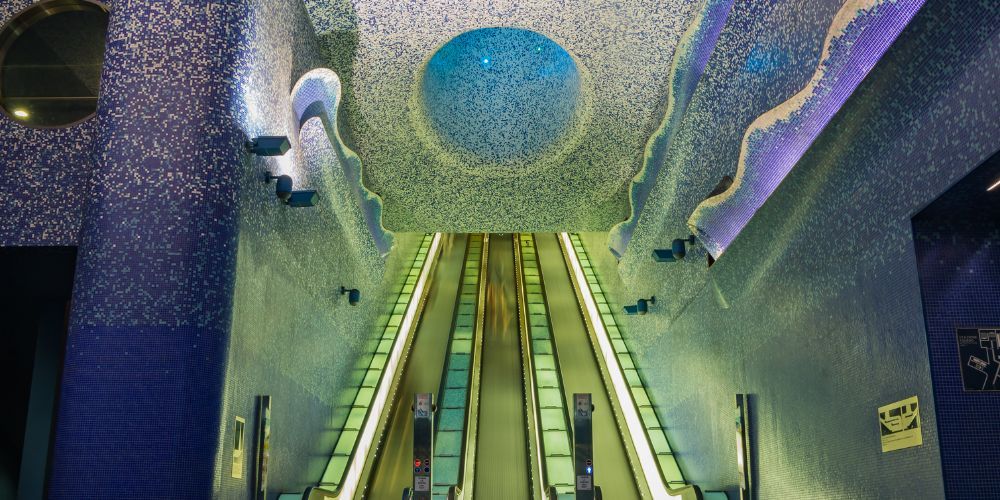
Despite its long and prestigious history, Naples does not live only on its past. In addition to the ancient ruins, therefore, there is also a lot of modern and contemporary art to explore.
You can take a comfortable and very affordable tour of contemporary art simply by traveling along the Metro Line 1 and admiring the art stations. Among the most spectacular are the Toledo, Università and Duomo stops.
The
Borbonico Tunnel is a fascinating underground route through a World War II shelter, whose remains are still visible.
Naples is also one of the capitals of street art, both sacred and profane, both popular and elite. In Piazza Gerolamini in the old town there is the only official work by Banksy in Italy, the Madonna with the Gun.
The Canadian artist Stikki Peaches dedicated a mural to Sophia Loren in Vico dei Zuroli, while the famous street artist Jorit is responsible for several works, also in the province, such as the beautiful San Gennaro to be seen in the Forcella distict.
In the Spanish Quarters there is a large mural of Maradona that has become one of the most visited "monuments" in Naples in just a few years.
Best museums to explore Naples’ history

You can choose to retrace the long history of Naples also through its museums. There are many of them, for all eras.
The MANN, already mentioned, is a must-see for lovers of ancient history, while to learn more about the Renaissance and Baroque eras, the Certosa di San Martino Museum is also a must-see. Here you can find a prestigious collection of nativity scenes as well.
The Capodimonte Museum boasts a collection so rich that it has nothing to envy of the Uffizi in Florence. From Simone Martini to Mascaccio, from Raphael to Titian, dozens of works by great artists are kept here, including Caravaggio. And there is also an interesting contemporary section.
The Pio Monte della Misericordia picture gallery, in the center, is a treasure of Beroque painting that also houses one of Caravaggio's major works, The Seven Works of Mercy.
A small museum of immense value is the Sansevero Chapel in the historic center, where one of the most famous works of Naples, the Veiled Christ, is kept.
Contemporary art can be enjoyed at the MADRE, the Donnaregina Contemporary Art Museum in the historic center, or at the PAN, Palce of the Arts of Naples, in the Chiaia neighborhood.
In Castel Sant’Elmo there is also an interesting 20th century museum.










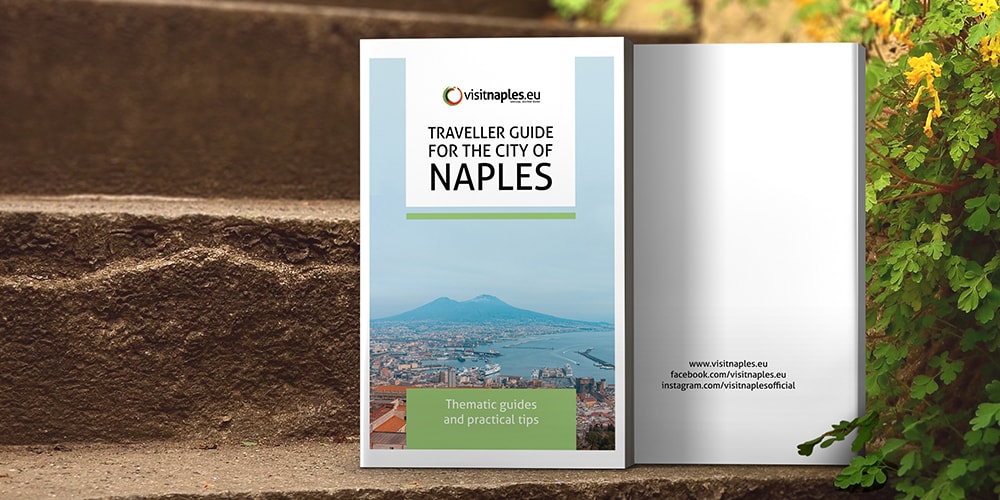


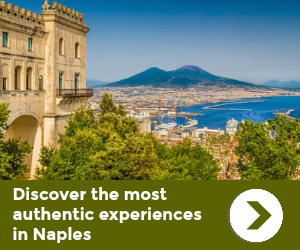


Lascia un commento